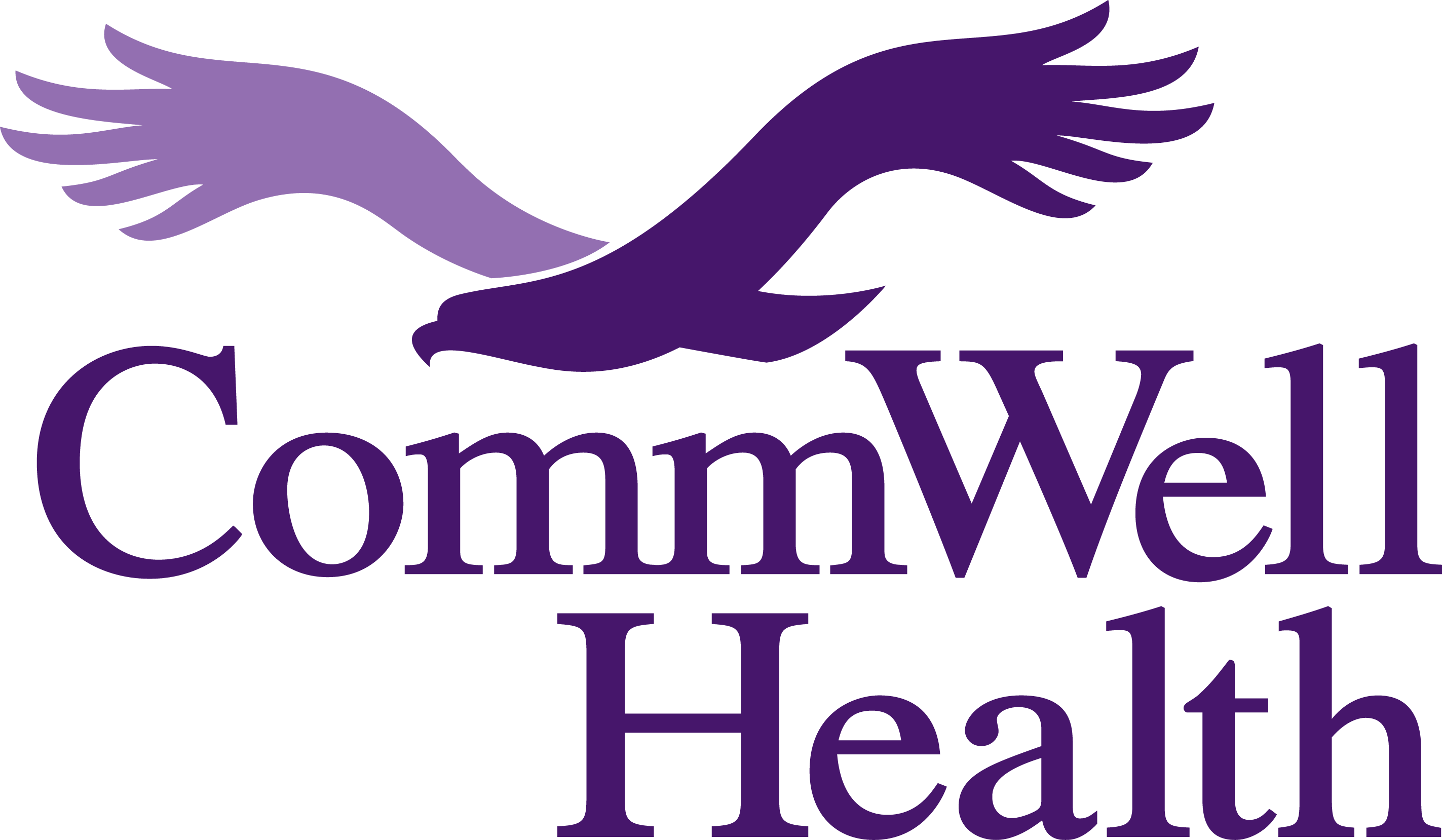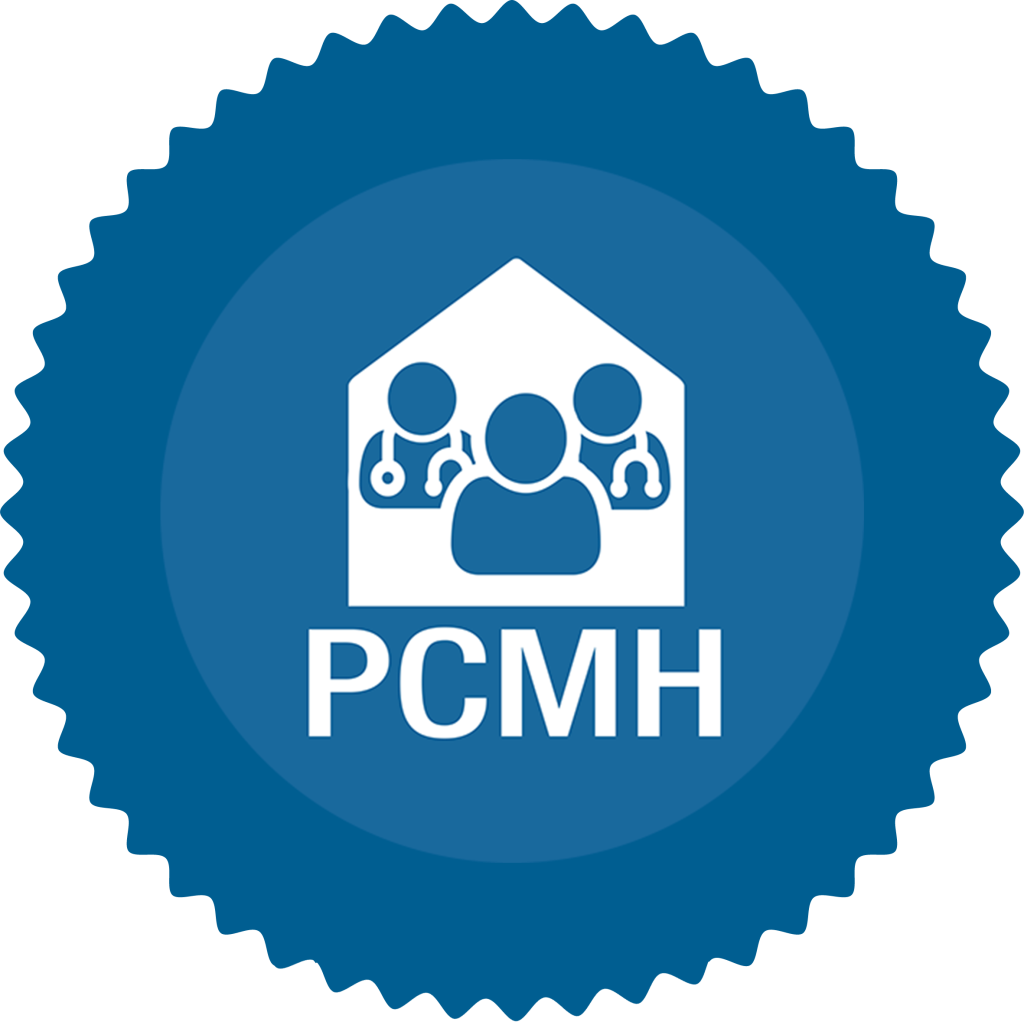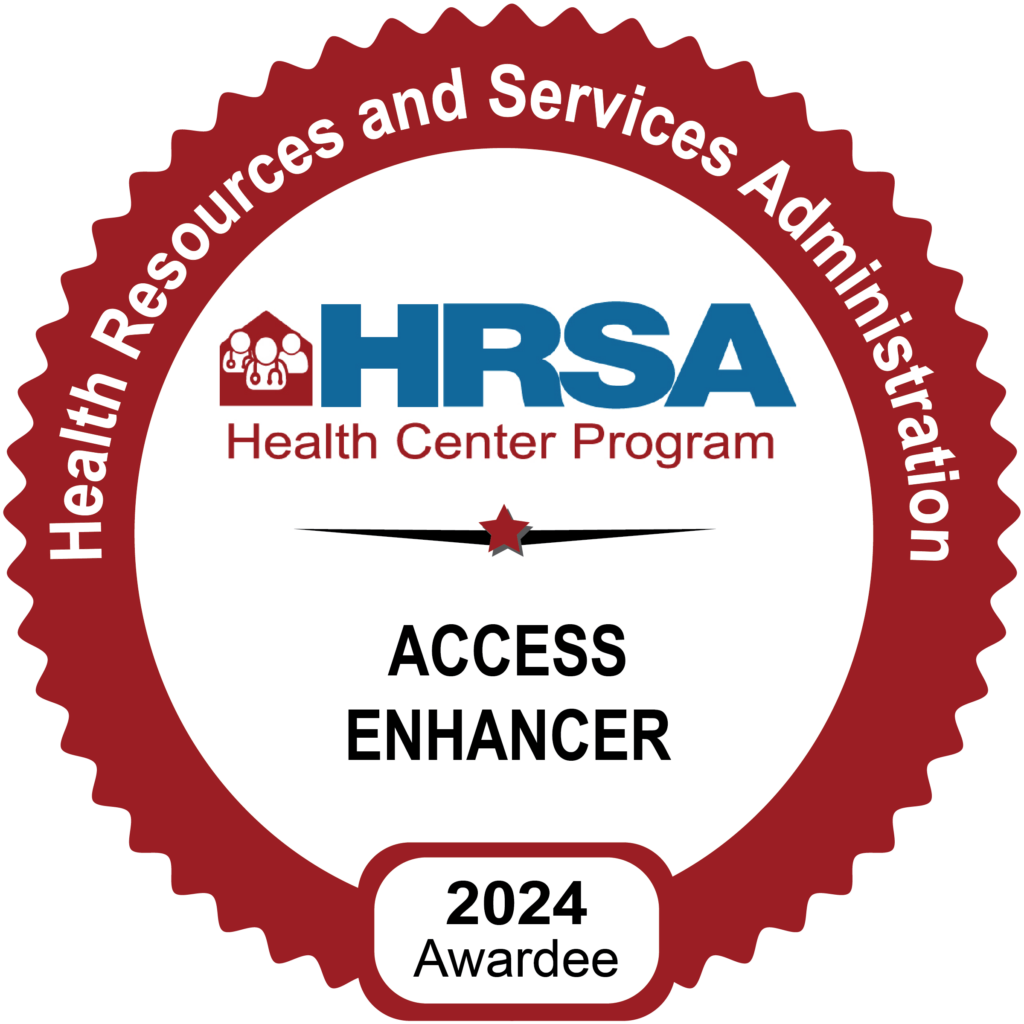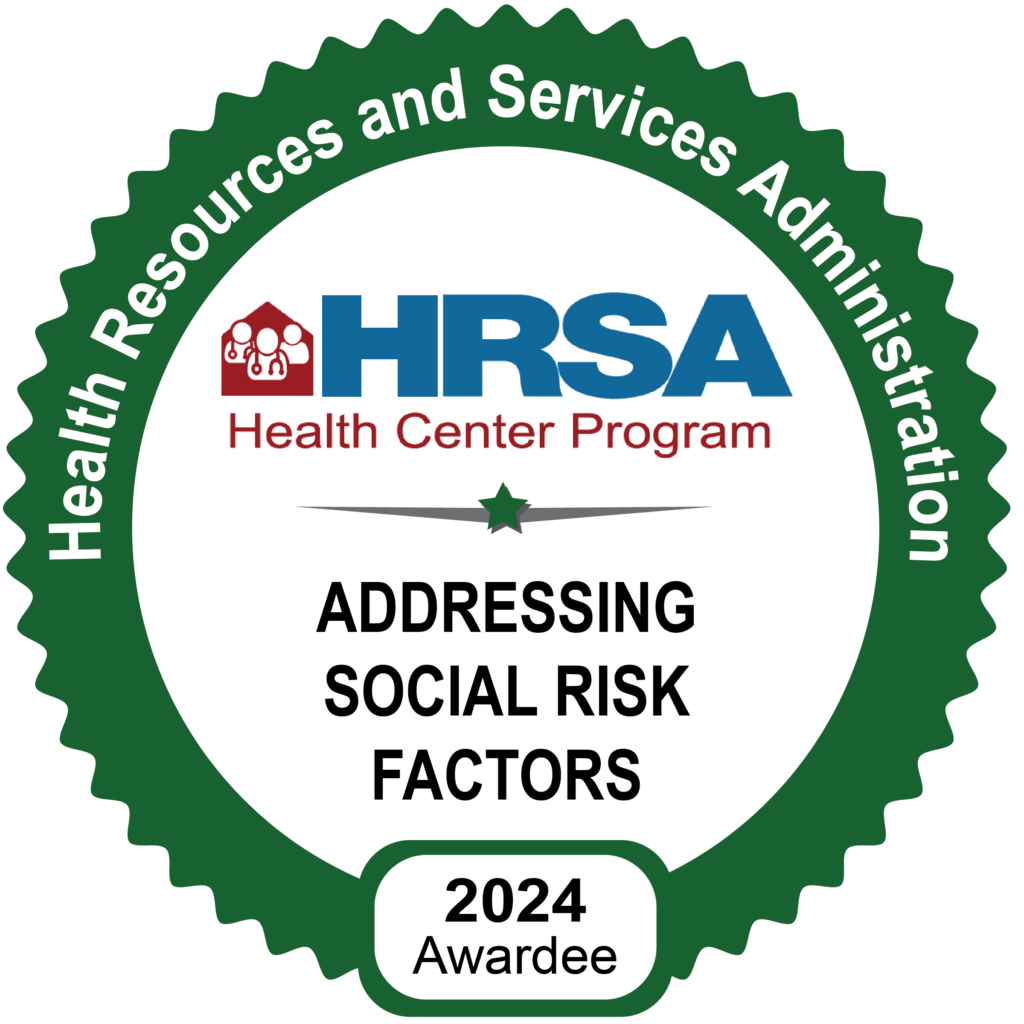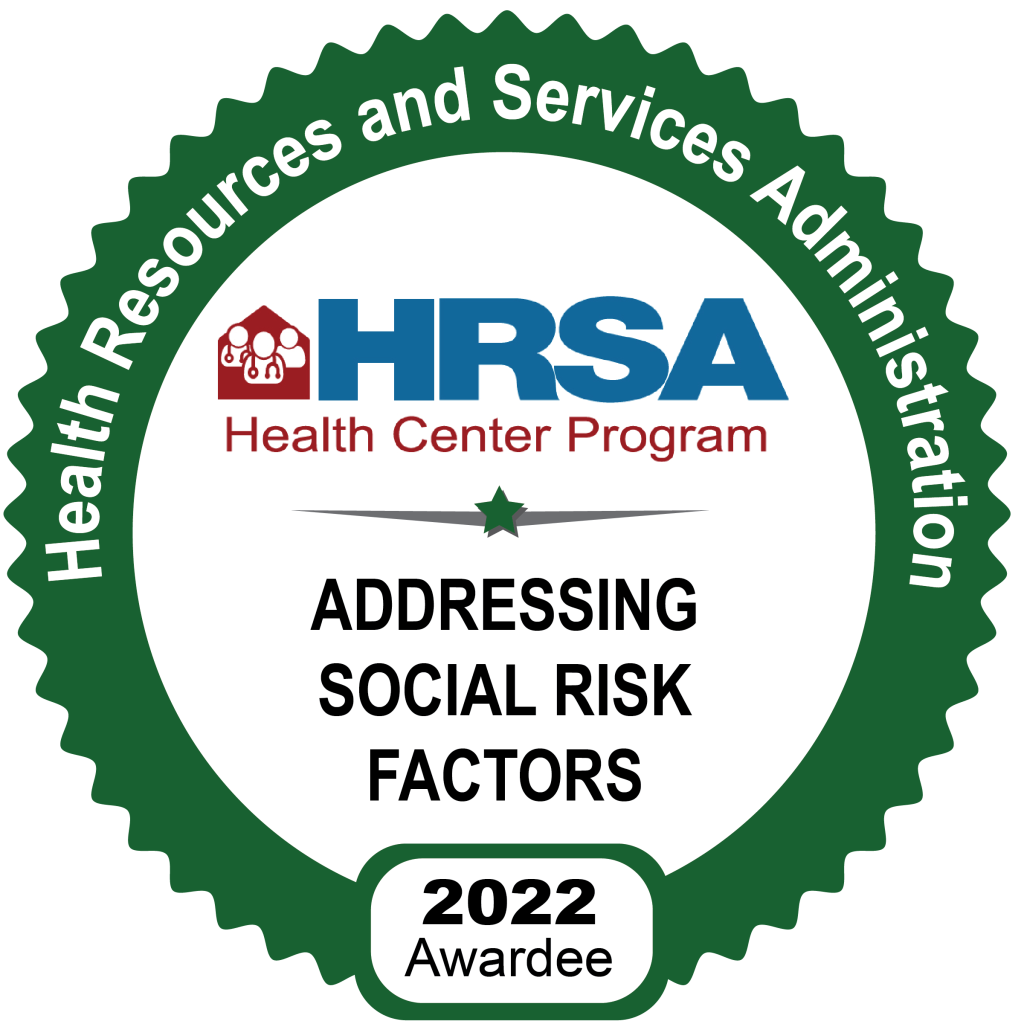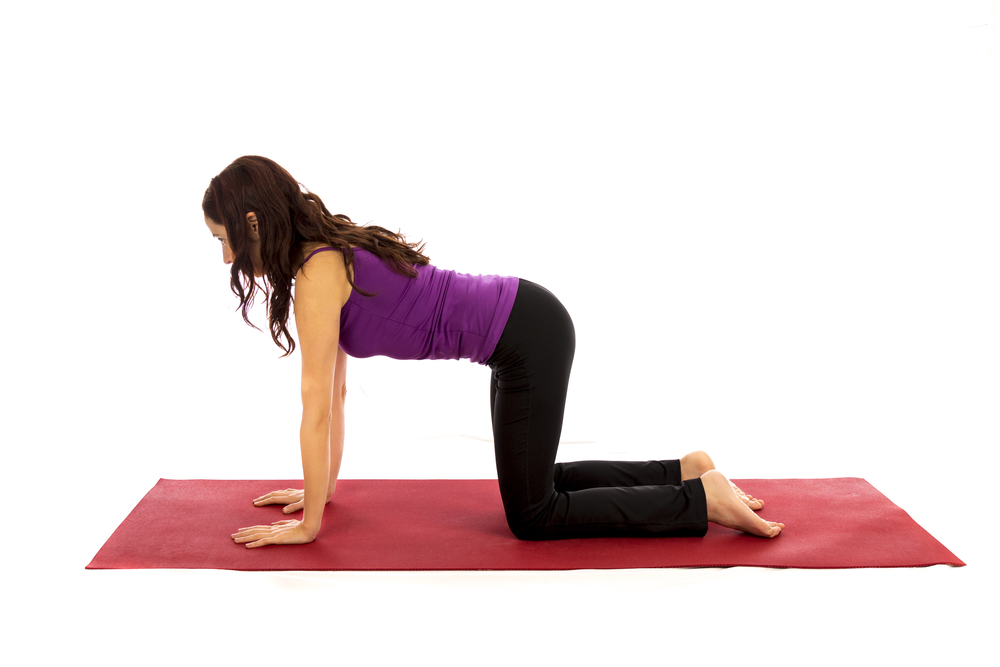
More studies are using randomized controlled trials to look at the relationship between yoga and depression. Randomized controlled trials are the best ways to verify study results. According to the Harvard Mental Health Letter, recent studies suggest that yoga can:
- reduce the impact of stress
- help with anxiety and depression
- be a self-soothing technique similar to meditation, relaxation, and exercise
- improve energy
Yoga is a physical exercise that involves different body poses, breathing techniques, and meditation. The therapy may help with depression and your symptoms, such as difficulty concentrating or loss of energy.
Many people use yoga therapy to manage:
- mental and emotional problems, such as stress, anxiety, or depression
- conditions and disorders, such as ongoing low back pain
- chronic or long-term pain
- overall health and well-being
You can find yoga classes at fitness studios, hospitals, and local community centers. The classes can be gentle or challenging, depending on the style.
Dr. Mason Turner of the Kaiser Permanente Medical Group says yoga therapy “can be very powerful in the treatment of depression.” Even if yoga isn’t your forte, the combination of meditation and physical movement provide two important elements for relieving depression. Meditation helps bring a person into the present moment and allows them to clear their minds. Controlled, focused movements also help strengthen the body-mind connection.
Breathing exercises are effective in reducing depressive symptoms, according to one study. You may find yoga helpful as the exercise focuses on deep, controlled breathing.
What does depression do to your body? »
To improve mood and relaxation
As exercise, yoga is a natural way to increase serotonin production. According to the Journal of Psychiatry and Neuroscience, serotonin production plays a role in the treatment of depression. Serotonin is believed to play a major role in happiness. One study also suggests people with depression have lower serotonin levels.
Yoga is also especially helpful because of its gentle, calming, and fluid nature. Each pose is flexible, so people of all levels can practice. Your instructor will emphasize breathing, concentration, and smooth movement. They’ll also encourage you to focus on positive images to calm the body and mind.
To reduce stress and anxiety
Yoga also increases your heart rate variability (HRV), or change in time between heart beats, by increasing the relaxation response over the stress response in the body. A high HRV means that your body is better at self-monitoring or adapting, particularly to stress.
Yoga can also:
- reduce resting heart rate
- lower blood pressure
- ease breathing
- increase pain tolerance
One study, according to Harvard Mental Health, found that people who were more stressed had a lower pain tolerance.
You may be familiar with some yoga poses, such as standing forward bend, but different styles of yoga vary in speed and approach. You can explore which style of yoga works best at a local studio or community center. Many studios will offer discounts or promotions for first-time customers.
| Style of yoga | Description |
| Hatha | incorporates gentler and slower paced movements, best suited for beginners |
| Vinyasa | links breathing and movement together, pacing starts slow and gradually get faster |
| Bikram | takes place in a hot room where you practice a set series of moves to help blood flow |
| Ashtanga | focuses on quick, sequenced poses and is more physically demanding |
| Hot | is in a heated room but without set poses |
| Iyengar | uses props, such as blocks, chairs, and straps, to help you find proper body alignment |
| Kundalini | combines repetitive exercises with intense breathing for a more physically demanding exercise |
| Restorative | moves slowly through five or six poses for an hour to help you relax |
| Yin | aims to restore length and elasticity to your muscles through seated and back poses |
Some studios may even offer a variety of styles, such as Vinyasa in a heated room, or aerial yoga. Aerial yoga is supported yoga in the air. You do the poses in a cloth hammock. Your instructor will be able to show you how to adjust your body for poses that may be more difficult for beginners.
Read more: A complete guide to the different types of yoga »
If you prefer doing yoga in a private setting, you can try one-on-one therapy with a yoga instructor or do yoga by yourself at home while watching an instructional video.
Density of yoga studios in the United States
Some yoga asanas, or physical movements of yoga, can help reduce certain symptoms. For example, you may want to try the dolphin, bridge, or extended puppy pose for back pain.
The corpse pose, in which you completely relax flat on your back, can help sleep issues. Lack of sleep has been linked to depression. For instructions on the go, download former Australian pole vaulter Amanda Bisk’s “Sleep Better Stretch Guide.” It has a video and photo tutorial.
Gradually tackling more challenging poses such as the supported shoulder stand or supported headstand can boost your concentration. It can also be a great way to measure improvement. If you enjoy exercising alone and at home, try Yoga With Adriene’s all-levels instructional video, “Yoga For Depression.”
Yoga complements traditional therapies, such as medication and psychotherapy. But it’s not meant to be a sole treatment.
Yoga is:
- generally safe when practiced properly
- beneficial for people who want to improve concentration
- available in many styles for all levels
Yoga can be:
- challenging for beginners and people with limited flexibility
- uncomfortable, depending on the pose
- expensive, depending on the studio
